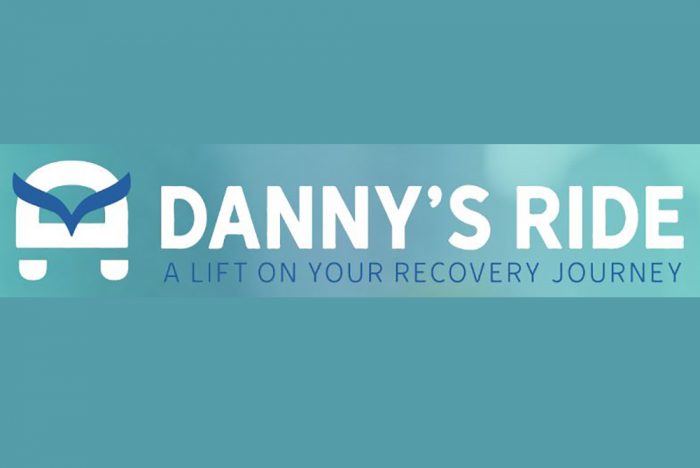The Vital Role of Peer Support Specialists During a Mobile Crisis Visit
In times of crisis, the need for immediate and comprehensive behavioral health support is paramount. Mobile crisis visits play a crucial role in addressing urgent situations, and the integration of certified peer support specialists during these visits is proving to be a transformative approach.
Certified peer support specialists bring a unique skill set with lived experience to support their work, which builds client rapport and trust. This contributes to filling the behavioral health therapy gap during mobile crisis interventions, giving a client the tools they need to continue care, and providing a road map that supports the recovery journey.
BHL has compiled a list of six reasons why certified peer support specialists should always be integrated as part of your mobile crisis team:
- Lived experience: A beacon of understanding in crisis – Peer support specialists bring a profound sense of empathy and understanding to mobile crisis visits through their lived experiences. Having faced their own mental health challenges, they create a connection with individuals in crisis, offering a beacon of hope and shared understanding in times of extreme vulnerability.
- Skill building and coping strategies: Immediate support for crisis moments – Crises demand immediate coping strategies. Peer support specialists are adept at providing on-the-spot skill-building exercises tailored to the individual’s needs. These practical approaches help individuals navigate the intensity of the crisis and lay the foundation for continued coping beyond the immediate moment.
- Cultural competency: Addressing crisis with sensitivity – Cultural competency becomes even more critical in crises. Peer support specialists, often possessing diverse backgrounds and experiences, can navigate the intricacies of cultural differences with sensitivity. This ensures that crisis interventions are culturally sensitive, fostering trust and effective communication during these challenging moments.
- Complementary support: Augmenting crisis intervention teams – Integrating peer support specialists into mobile crisis intervention teams enhances the overall support provided. Their unique perspective adds a complementary layer to the skills of behavioral health professionals, creating a more holistic and adaptable response to crises.
- Community integration: Building supportive networks amid crisis – Crisis moments can be isolating, exacerbating feelings of loneliness. Peer support specialists work towards community integration even during crisis visits, encouraging individuals to reconnect with their support networks. This emphasis on community reinforces the importance of social connections in the recovery process.
- Advocacy and guided navigation: Navigating the crisis landscape – Navigating a mental health crisis can be overwhelming. Peer support specialists act as advocates, guiding individuals through the crisis landscape. Their presence ensures that individuals receive the necessary support during and after the crisis, facilitating access to appropriate resources and services.
- In the urgent and sensitive realm of mobile crisis visits, peer support specialists emerge as invaluable allies. Through their lived experiences, skill-building capabilities, cultural competency, complementary support, community integration efforts, and advocacy, these specialists significantly fill the behavioral health therapy gap during critical moments. As we continue to prioritize immediate and holistic mental health care, the integration of peer support specialists in mobile crisis interventions proves to be a pivotal step towards a more compassionate and effective crisis response system.










